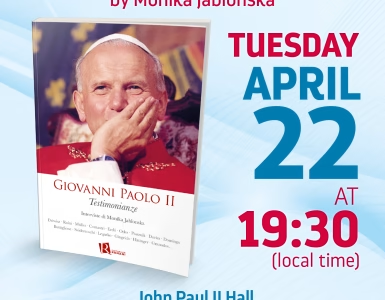Saint Philip, against the background of the panorama of the Roman Renaissance, appears as a “prophet of joy” who was able to follow Jesus, also actively participating in the culture of his time, in many respects close to our culture today. Humanism, focused entirely on man and on his particular intellectual and practical abilities, proposed, against the misunderstood medieval gloom, the rediscovery of a joyful, naturalistic freshness, devoid of inhibitions and prohibitions. Man, depicted almost as a pagan god, was thus placed in the position of an absolutely primary hero. In addition, there was a kind of revision of the moral law, the purpose of which was to seek and ensure happiness. Saint Philip, open to the demands of the society of his time, did not reject this ardent desire for joy, but committed himself to presenting its true source, which he had discovered in the Gospel message. The Word of Christ outlines the true face of man, revealing the features that make him a beloved child of the Father, accepted as a brother by the Incarnate Word and sanctified by the Holy Spirit.
It is precisely the laws of the Gospel and the precepts of Christ that lead to joy and happiness: this is the truth that Philip proclaimed to the young people whom he met during his daily apostolic work. His message was dictated by a profound experience of God, which above all, he achieved in prayer. The night prayer in the catacombs of St. Sebastian, where he often went, was not only a search for solitude, but also a desire to spend time talking to witnesses of the faith, a desire to consult with them – just as the scholars of the Renaissance established conversations with the classics of antiquity, and from cognition came imitation and then competition.
From the Vatican, October 7, 1994
John Paul II





